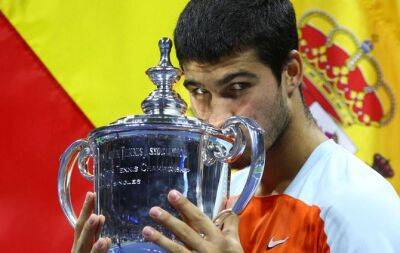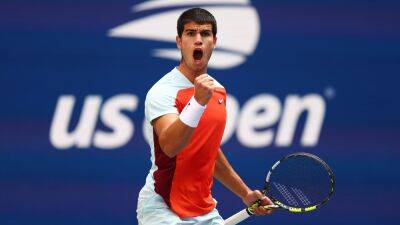US Open - USTA has turned to automatic line judges - and the players love it
NEW YORK — In front of a sold-out Arthur Ashe crowd of 23,000 people on Sunday night at the US Open, world No. 1 Daniil Medvedev and Wimbledon finalist Nick Kyrgios get into a rally early in the first set.
«Let's go Kyrgios, let's go,» the crowd chants in unison right before Medvedev, the defending US Open champion, begins to serve at 2-3. A few shots into the rally, Medvedev hits a backhand down the line. A voice yells «Out» — a clean, piercing sound that travels above the din of the crowd.
The ball had just missed the line. Point, Kyrgios.
That voice, however, is not the live voice of a line judge. It's actually a recording of a former line judge. And it's automated to make a call based on where the ball lands on the court.
If that weren't enough: The loudness of the voice varies, based on how close or far from the line the ball lands. Millimeters from nicking the line? The voice is automated to go up several decibels — almost a yell — just to make sure the players hear it above the voices of the crowd. If the ball is about to land way out, the voice is softer, less obnoxious. The players already know, so there's no need to hit them on the head with it.
In 2020, during the COVID-19 pandemic, when the USTA had to figure out a way to minimize the number of people on the court, the best way to do it, they realized, was to ensure the players weren't surrounded by crouched humans breathing at them from all corners of the court. So they decided to use Hawk-Eye, a system that had been used as a supplement for line umpires since 2006, for all line calls.
How did it work? The USTA built a «bunker,» a room within the Flushing Meadows complex that is used as a classroom for ITF camps the rest of the year. The bunker includes 17





